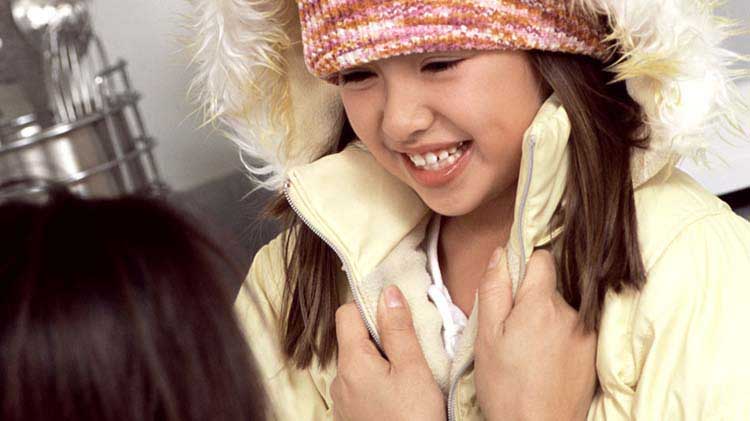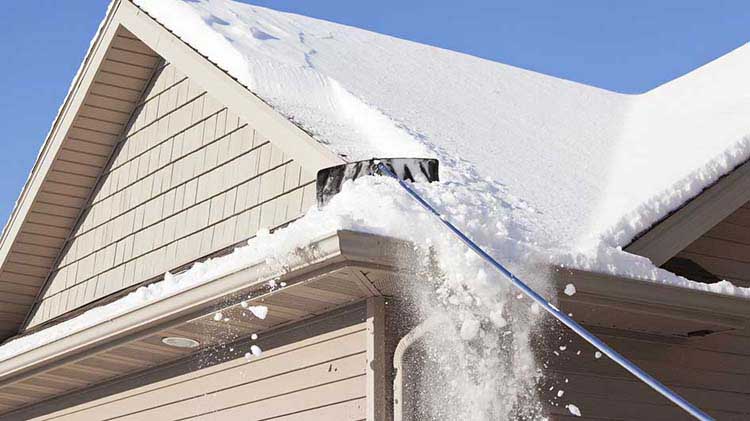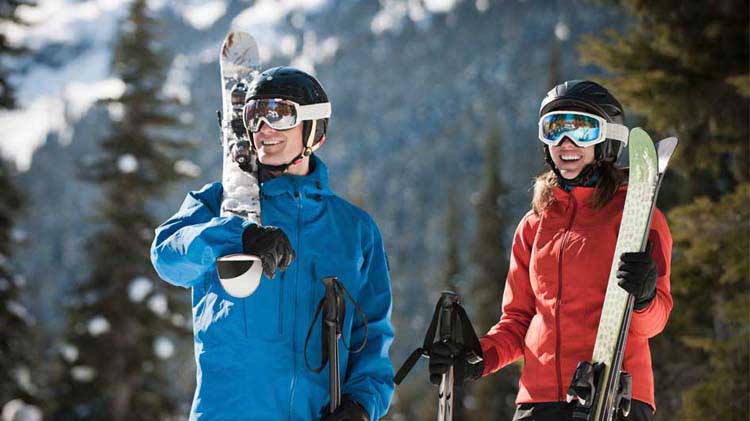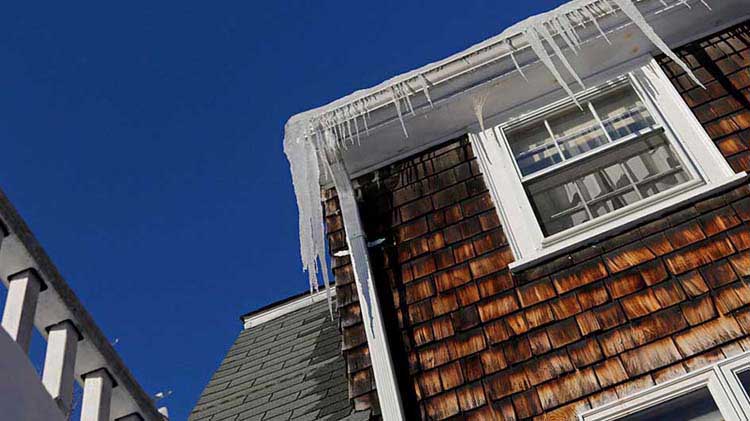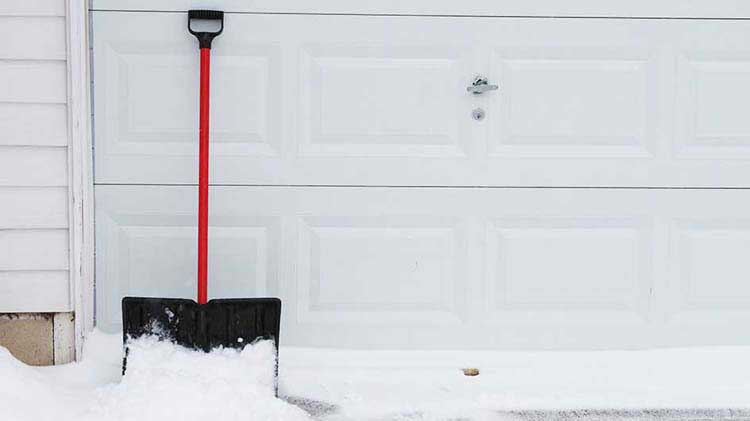What is hypothermia? Signs and causes
Hypothermia is a misunderstood condition that's caused by prolonged exposure to cold temperatures.
Hypothermia is a condition that might be life-threatening. It is caused by prolonged cold temperature exposure — whether those conditions are on land or in the water. The winter months present a greater risk for hypothermia, but you can also be at risk for it in the spring or fall — and even in early summer months, when deep water temperatures are still much lower than surface temperatures above.
Normal body temperatures average 98.6 degrees Fahrenheit , but with hypothermia, your core temperature can drop below 95 degrees Fahrenheit. In fact, with severe hypothermia, your core body temperature can drop to 82 degrees Fahrenheit or even lower.
How exposure to cold causes hypothermia
Our bodies naturally lose heat during exposure to cold. This is why it's so important to dress properly, and in layers when possible, during outdoor activity in the cold weather. Most of our heat loss — up to 90% — escapes through our skin. The rest is exhaled through our lungs. All of this heat loss escalates when our skin is exposed to wind or moisture. Exposure in cold water occurs 25 times faster than exposure to the same temperatures on dry land.
Our brain has a temperature control center called the hypothalamus. It works to preserve and maintain that average 98.6 degree body temperature. When we're exposed to cold temperatures, we naturally shiver to activate muscles to protect and raise body heat. We also preserve heat through the temporary narrowing of blood vessels.
Most of our body's heat is generated through the activity of our heart and liver. However, when core body temps drop, these vital organs go into a "protective"mode to preserve heat and protect the brain. As our body temperature falls, our brain activity, heart rate and breathing all slow as well.
This is why a person's inability to accurately understand what's happening occurs - confusion and fatigue set in and it becomes more difficult to process just how to get to safety.
Hypothermia symptoms
- Shivering
- Slurred speech or mumbling
- Slow, shallow breathing
- Weak pulse
- Clumsiness or lack of coordination
- Drowsiness or very low energy
- Confusion or memory loss
- Loss of consciousness
- Bright red, cold skin (in infants)
Hypothermia causes
- Wearing clothes that aren't warm enough for weather conditions
- Staying out in the cold too long
- Being unable to get out of wet clothes or move to a warm, dry location
- Falling into the water (such as a boating accident)
- Living in a house that's too cold (either from poor heating or too much air conditioning)
How to help prevent hypothermia
- Cover your head. Wear a hat or other protective covering to prevent body heat from escaping from your head, face and neck. Cover your hands with mittens instead of gloves.
- Don't overexert. Avoid activities that would cause you to sweat a lot. The combination of wet clothing and cold weather can cause you to lose body heat more quickly.
- Dress in layers. Wear loose-fitting, layered, lightweight clothing. Outer clothing made of tightly woven, water-repellent material is best for wind protection. Wool, silk or polypropylene inner layers hold body heat better than cotton does.
- Keep dry. Stay as dry as possible. Get out of wet clothing as soon as possible. Be especially careful to keep your hands and feet dry, as it's easy for snow to get into mittens and boots.
- Specifically for kids:
- Dress infants and young children in one more layer than an adult would wear in the same conditions.
- Bring children indoors if they start shivering - that's the first sign that hypothermia is starting.
- Have children come inside frequently to warm themselves when they're playing outside.
- Don't let babies sleep in a cold room.
